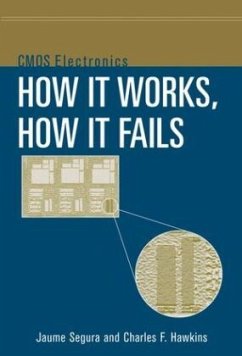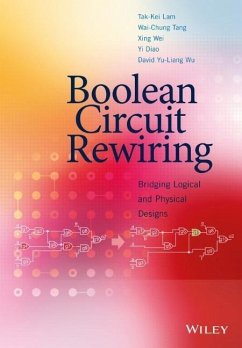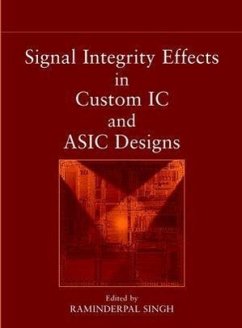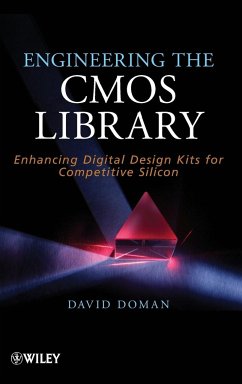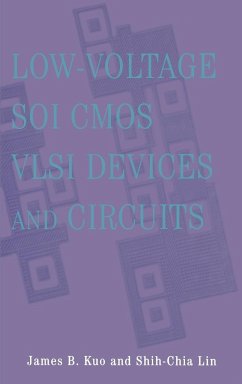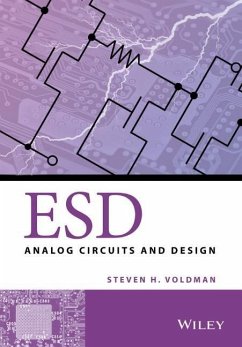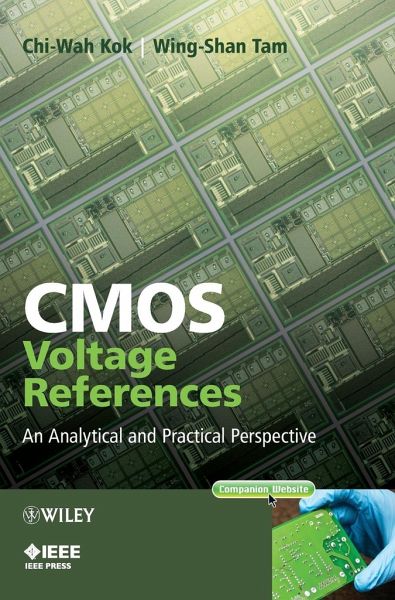
CMOS Voltage References
An Analytical and Practical Perspective
Versandkostenfrei!
Versandfertig in über 4 Wochen
146,99 €
inkl. MwSt.
Weitere Ausgaben:

PAYBACK Punkte
73 °P sammeln!
A practical overview of CMOS circuit design, this book covers the technology, analysis, and design techniques of voltage reference circuits. The design requirements covered follow modern CMOS processes, with an emphasis on low power, low voltage, and low temperature coefficient voltage reference design. Dedicating a chapter to each stage of the design process, the authors have organized the content to give readers the tools they need to implement the technologies themselves. Readers will gain an understanding of device characteristics, the practical considerations behind circuit topology, and ...
A practical overview of CMOS circuit design, this book covers the technology, analysis, and design techniques of voltage reference circuits. The design requirements covered follow modern CMOS processes, with an emphasis on low power, low voltage, and low temperature coefficient voltage reference design. Dedicating a chapter to each stage of the design process, the authors have organized the content to give readers the tools they need to implement the technologies themselves. Readers will gain an understanding of device characteristics, the practical considerations behind circuit topology, and potential problems with each type of circuit.
Many design examples are used throughout, most of which have been tested with silicon implementation or employed in real-world products. This ensures that the material presented relevant to both students studying the topic as well as readers requiring a practical viewpoint.
Covers CMOS voltage reference circuit design, from the basics through to advanced topics
Provides an overview of basic device physics and different building blocks of voltage reference designs
Features real-world examples based on actual silicon implementation
Includes analytical exercises, simulation exercises, and silicon layout exercises, giving readers guidance and design layout experience for voltage reference circuits
Solution manual available to instructors from the book's companion website
This book is highly useful for graduate students in VLSI design, as well as practicing analog engineers and IC design professionals. Advanced undergraduates preparing for further study in VLSI will also find this book a helpful companion text.
Many design examples are used throughout, most of which have been tested with silicon implementation or employed in real-world products. This ensures that the material presented relevant to both students studying the topic as well as readers requiring a practical viewpoint.
Covers CMOS voltage reference circuit design, from the basics through to advanced topics
Provides an overview of basic device physics and different building blocks of voltage reference designs
Features real-world examples based on actual silicon implementation
Includes analytical exercises, simulation exercises, and silicon layout exercises, giving readers guidance and design layout experience for voltage reference circuits
Solution manual available to instructors from the book's companion website
This book is highly useful for graduate students in VLSI design, as well as practicing analog engineers and IC design professionals. Advanced undergraduates preparing for further study in VLSI will also find this book a helpful companion text.




